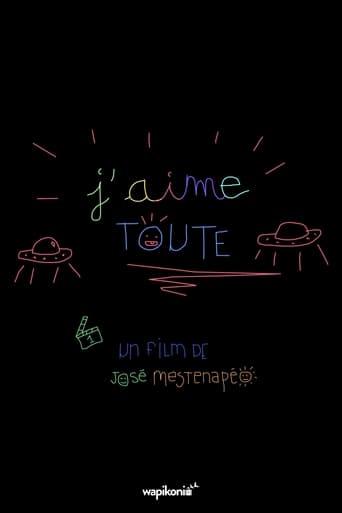
04 Jul 2017

J'aime toute
At the age of eight, José shows us his village, Nutashkuan, and everything he loves there.
Traditional Northwestern Indigenous spiritual images combined with cutting-edge computer animation in this surreal short film about the power of tradition. Three urban Indigenous teens are whisked away to an imaginary land by a magical raven, and there they encounter a totem pole. The totem pole's characters—a raven, a frog and a bear—come to life, becoming their teachers, guides and friends. Features a special interview with J. Bradley Hunt, the celebrated Heiltsuk artist on whose work the characters in Totem Talk are based.
Teen
Teen
Teen
Totem (voice)

Totem (voice)
Dancer
Dancer
Self
Self

04 Jul 2017

At the age of eight, José shows us his village, Nutashkuan, and everything he loves there.
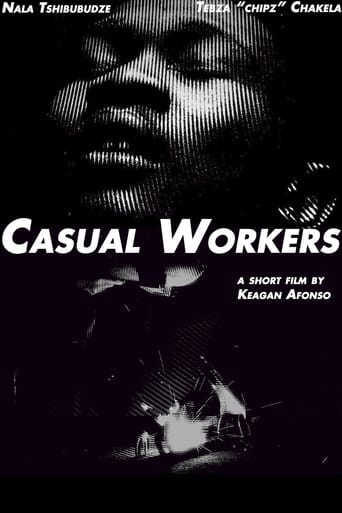
27 Dec 2020

An abstract perspective into two young South African workers in the heart of Johannesburg's industrial sector during Covid-19
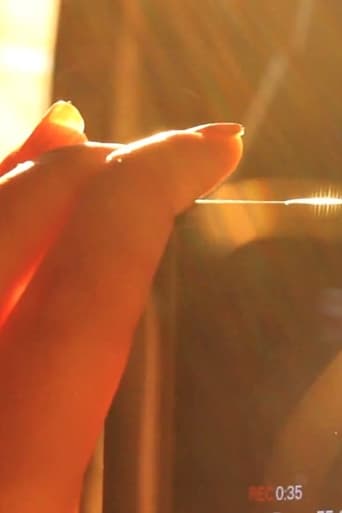
16 Dec 2015

#13, glancing, or avoiding.

01 Jan 2014

"Now Eat My Script is a precipice, a fluid solution in which some spectral noises of the self float adrift. Narration takes the role of a pregnant writer who continuously affirms her hunger and clumsiness towards language and history. Her body is crossed over by both the years to come and the stories that have been buried. As a would-be pirate, she navigates through the tumult of familiar waters."
16 May 2016
Druga linija aka The Other Line is a product of many years of research of neo-avant-garde cultural and art scene in Novi Sad, Serbia (late 60s and 70s), which has been marginalized until today. This artistic movement was directly connected not only with important art centers of the former Yugoslavia, but also with existing flows of world art during its brief and productive activities (7e Biennale de Paris, 19th Berlinale). The cultural and artistic emancipation of that time had implied individual freedom of expression and strong reaction to established boundaries. This avant-garde movement had become threat to communist establishment, the authors' work were sabotaged, the films were sealed off, five artists were taken to trial, two were sent in prison. How is it that the retrograde mechanism of shutting down and removing the most creative and representative progressive impulses of our surrounding is still so current to this day?

11 Feb 1971

The Documentary centers around Zappa at home, and on Tour. The amazing thing is that Zappa allowed a guy with a camera to film the band at the Fillmore West w/ Flo and Eddie. There are times when the camera man seems to be on the stage. The performance is recorded from only one camera angle. There are only 4-5 songs presented here.....and Zappa referring to the Fillmore West as the ‘Psychedelic Dungeon’ is priceless………..It is a great piece of history.
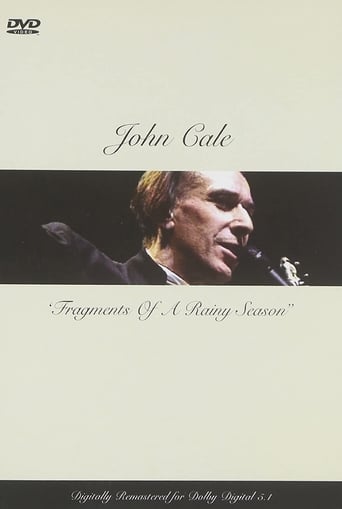
31 Dec 1992

Solo live concert recorded in Brussels, April 12, 1992. Tracks: 1) On A Wedding Anniversary 2) Lie Still, Sleep Becalmed 3) Do Not Go Gentle Into That Good Night 4) The Soul of Carmen Miranda 5) Cordoba 6) Ship Of Fools 7) Leaving It Up To You 8) The Ballad Of Cable Hogue 9) Chinese Envoy 10) Fear Is A Man's Best Friend 11) Dying On The Vine 12) Heartbreak Hotel 13) Paris 1919 14) (I Keep A) Close Watch 15) Hallelujah
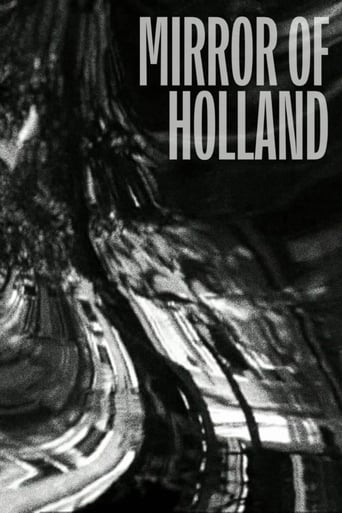
14 May 1950

In this short film Bert Haanstra gives his vision - from the water – of a tranquil Holland. During filming he held the camera upside down and afterwards put the images ‘up right’ again in the film. By doing this, we see the ‘usual’ waterfront, but transformed by the rippling of the water. In this way Mirror of Holland became a modern looking experimental film. However this did not devalue the Dutch sentiment regarding waterfronts that are so trusted to so many.
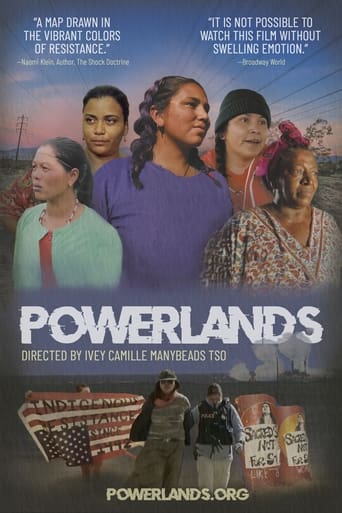
21 Feb 2022

A young Navajo filmmaker investigates displacement of Indigenous people and devastation of the environment caused by the same chemical companies that have exploited the land where she was born. On this personal and political journey she learns from Indigenous activists across three continents.
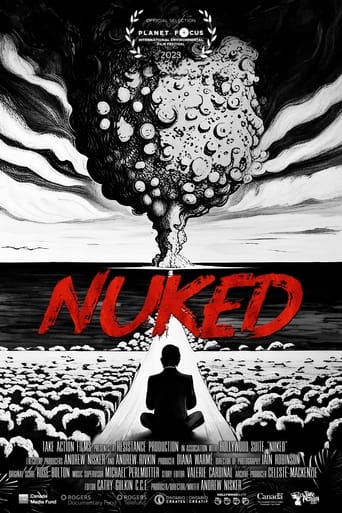
22 Oct 2023

The US detonated 67 nuclear weapons over the Bikini Atoll in the Marshall Islands during the Cold War, the consequences of which still reverberate down four generations to today. "NUKED," is a timely new feature documentary focussing on the human victims of the nuclear arms race, tracing the displaced Bikinian's ongoing struggle for justice and survival even as climate change poses a new existential threat. Using carefully restored archival footage to resurrect contemporaneous islanders’ voices and juxtaposing these with the full, awesome fury of the nuclear detonations, NUKED starkly contrasts the official record with the lived experience of the Bikinians themselves, serving as an important counterpoint to this summer’s Oppenheimer.
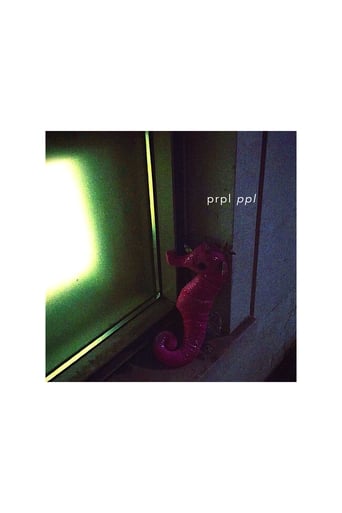
29 Jan 2021

A psychedelic, avant-garde collage film designed to accompany PRPL PPL's experimental album of the same name.
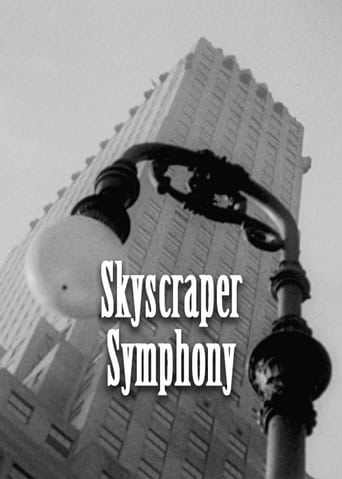
30 Apr 1929

A montage of the skyscrapers of Manhattan opens with a succession of stationary views of the upper portions of numerous buildings. This is followed by a wide variety of fluid shots, which also begin to show more and more of the surrounding city, in addition to the skyscrapers themselves.
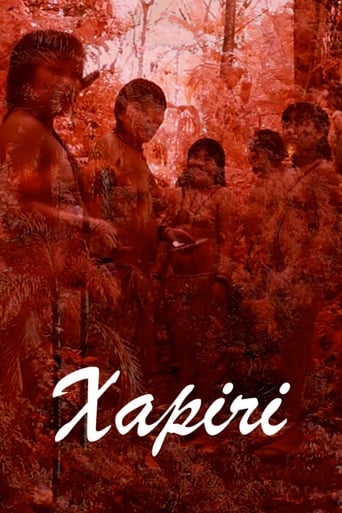
23 Sep 2016

Xapiri is a Yanomami term that characterizes the shamans, male spirits (xapiri thëpë) and also auxiliary spirits (xapiri pë). Xapiri is an experimental film about Yanomami shamanism that was filmed during a meeting of 37 shamans at the Watoriki Reserve, Roraima, in March of 2011. The film was designed to take into account two different notions of image: those of the Yanomami and ours. Therefore, it does not set out to explain shamanism, its methods or procedures, but to allow different cultures to visualize and feel the way in which the shamans “embody” the spirits, their bodies and voices.
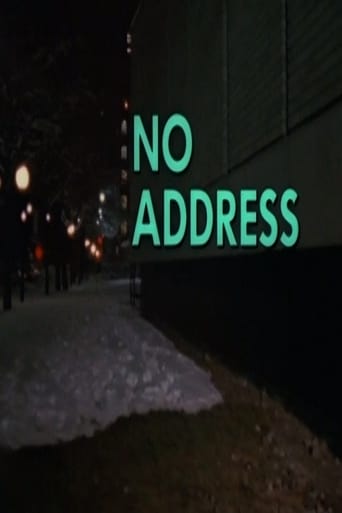
01 Jan 1988

This feature-length documentary by Alanis Obomsawin examines the plight of Native people who come to Montreal searching for jobs and a better life. Often arriving without money, friends or jobs, a number of them quickly become part of the homeless population. Both dislocated from their traditional values and alienated from the rest of the population, they are torn between staying and returning home.
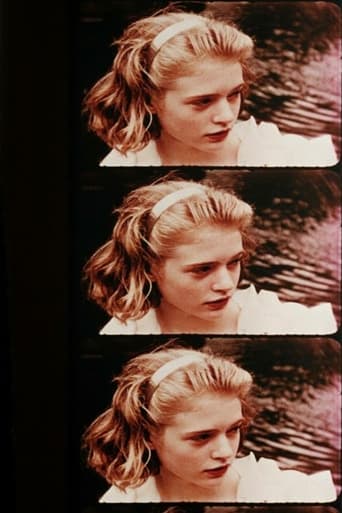
01 Jan 1957

A short, avant-garde movie, starring twelve-year-old ballet student Gwen Thomas, Nymphlight is a lovely blend of fact and fiction, using Bryant Park at the New York Public Library as a stage set for the fantasy inclusion of a certain nymph. A meditation on an ephemeral day in the the life of a park shared by birds, the young and the old.
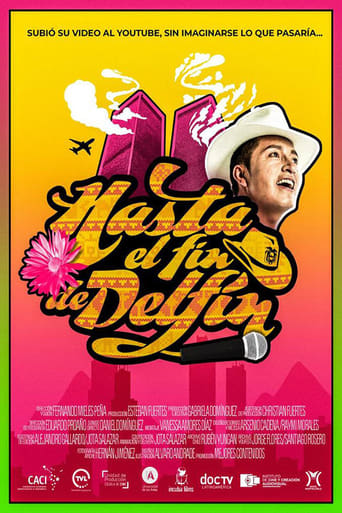
30 Oct 2018

A few years ago the indigenous musician Delfín Quishpe uploaded a video clip on YouTube of his song Torres Gemelas without imagining the impact it would have. For some, the video was strange and in bad taste, however his charisma and his lyrics made him a celebrity. After ten years, Delfín still has not overcome the hangover of fame and now he struggles not to turn off the magic of his music, in a world of ephemeral stars in the digital age.
01 Jan 1986
A short experimental film dedicated to Polish artist Wacław Szpakowski (1883–1973).
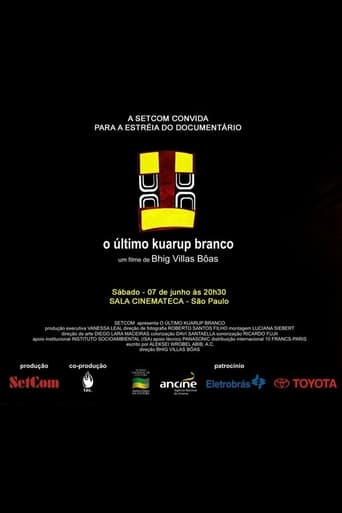
26 Apr 2007

The creation of the Xingu Indigenous Park is reassessed by indigenous peoples and anthropologists. Almost 50 years after the initiative, which had the decisive participation of the indigenist brothers Cláudio and Orlando Villas-Bôas, the older indigenous people still have not forgotten the original lands they left behind. Some want to go back to their old origins.
01 Jan 1984
Ivan Ladislav hides a true chamber of wonders behind the clear, mathematically abstract structure of his films and videos, meticulously compiled rhythmically frame for frame, each work likewise presenting an analysis of the film medium. Concealed therein, culled from deep in the medium’s prehistory, are hermetic parallel universes in whose number ranges and symbolic spaces, Galeta’s precisely constructed film compositions find a formalist anchor.
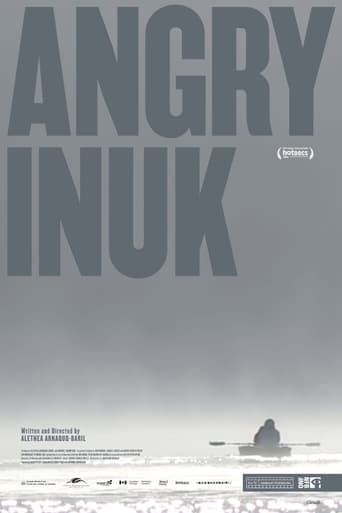
02 May 2016

With "sealfies" and social media, a new tech-savvy generation of Inuit is wading into the world of activism, using humour and reason to confront aggressive animal rights vitriol and defend their traditional hunting practices. Director Alethea Arnaquq-Baril joins her fellow Inuit activists as they challenge outdated perceptions of Inuit and present themselves to the world as a modern people in dire need of a sustainable economy.